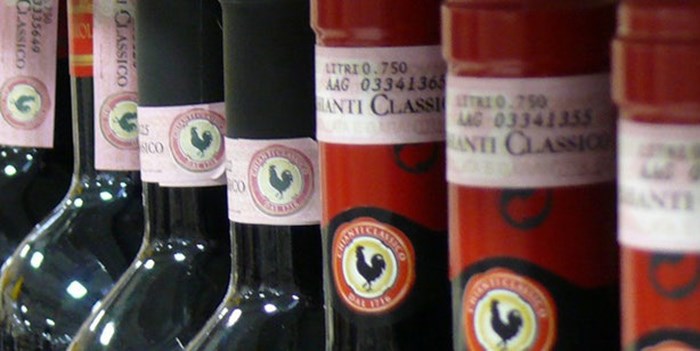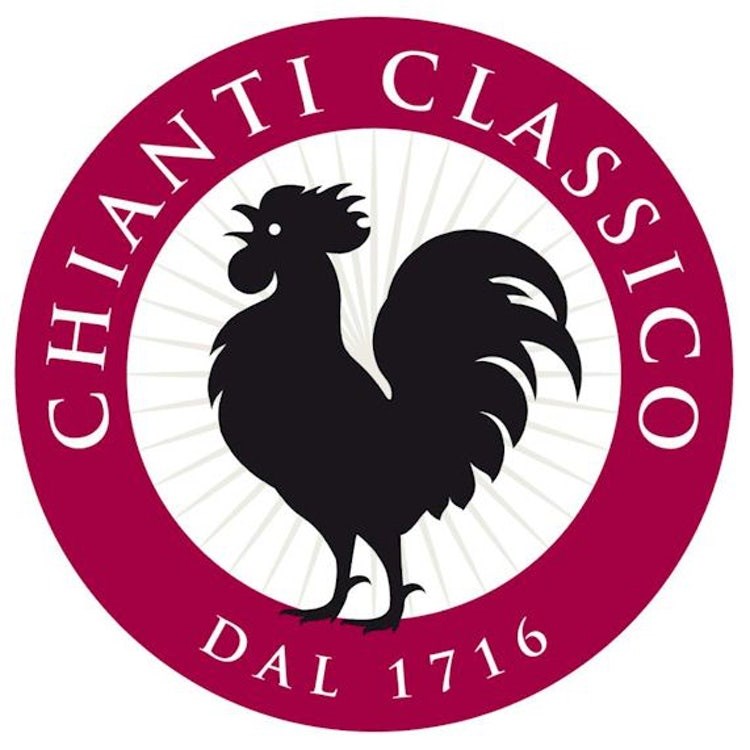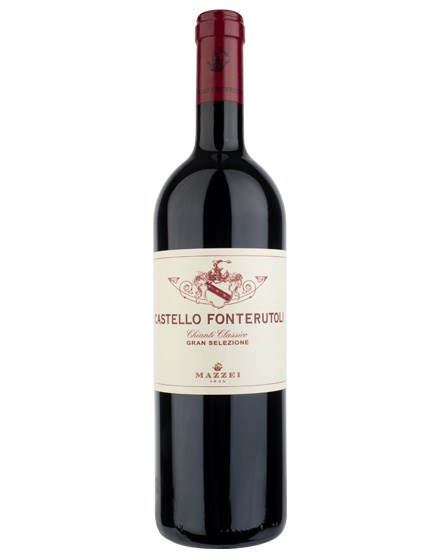The skinny black rooster was so hungry, he couldn’t wait for dawn.
 Photo: chianti.com
Photo: chianti.com
To end the brutal, centuries old conflict between rival city states Sienna and Florence over who controlled the prime grape-growing region of Chianti, the warring parties agreed on a contest. Two riders would set out at cock’s crow, and wherever they met on the road through Chianti that linked the two cities would become the new boundary. All of the vineyards north of that border would belong to northern Florence, everything south of that mark to Sienna.
 chianti.com
chianti.com
The Sienese were quite sure that they had this in the bag. They fed and readied their prize rooster: a large, plump white bird with a squawk that could shatter glass. There would be, they boasted, no one asleep in the city by the time this chicken was out of breath. The Florentines, conversely, found a scrawny, malnourished black rooster (“Gallo Nero” in local parlance), fed him nothing but a stern expression, and left him shivering outside the chosen horseman’s window overnight.
Who do you think sang for his breakfast first?
By the time the fat white rooster saw fit to crow, the Florentine rider was almost outside Sienna’s gates. It was the 12th century. Since then, the magical lands of Chianti (now called Chianti Classico) have always been administered by Florence, a fact they’ve rubbed in to the Sienese for 800 years by boasting a cartoon black rooster on every bottle of Chianti Classico. Every single one. Classy? Doubtful. Persistent? Absolutely.
Chianti has fallen in and out of favour over the decades and centuries (my parents used to make candles out of the kitschy bottles with the straw skirts), and its allure suffered a bit when the “Chianti” area was allowed to triple after WW2, but the smaller, central Chianti Classico region has been experiencing a Renaissance of sorts ever since the 1990s, when the rules were changed to allow winemakers to make bolder, richer wines. The quality improved even more a few years ago with the Gran Selezione designation, raising the bar further. Gran Selezione isn’t like a ‘Cru’ (geographically delineated), it needs to be earned anew via panel each year, so every house has to throw their very best fruit at it to get the title and no one drops the ball. Which brings me to:
 Photo: Castello Fonterutoli
Photo: Castello Fonterutoli
Mazzei Castello Fonterutoli Chianti Classico Gran Selezione 2013. Simply stunning, your suspicions that you badly need this are correct. This drinks like timelessness. Sweet spices surround the mineral and ripe cherry notes, leathery tobacco ties it all together, and the finish – with the perfect balance of acidity, fruit, glycerine and soft tannins – is elegant and bracing. There’s no bad time to open this, the structure allows a decade of aging but it’ll pair with just about anything you eat this season (save chocolates and candies, those’ll make any dry wine taste like Round Up). 95 points Wine Spectator, 95 points Decanter, 94 points Robert Parker, Platinum – Decanter World Wine Awards, $76.99 +tax
Written by Jordan Carrier, Vintage Room Consultant at Everything Wine – River District.


